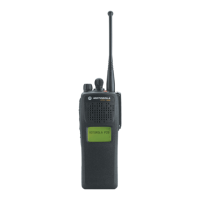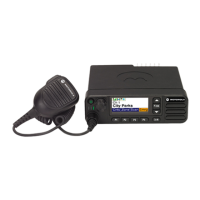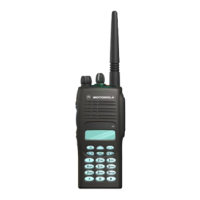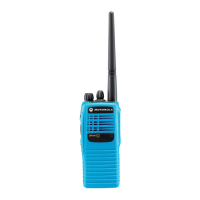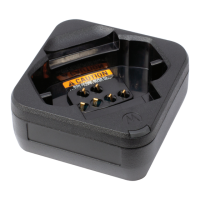7
English
INTRODUCTION
INTRODUCTION
CONVENTIONAL RADIO SYSTEMS
Conventional radio systems typically refer to
unit-to-unit communications through a single
channel. Conventional systems also allow
radio users to extend communication coverage
by relaying their messages through a repeater.
To ensure coordinated use by multiple users,
each radio user must monitor the channel or
repeater before transmitting to verify that the
system is not currently busy.
EP450™ RADIO FEATURES
Radio Wide Features
• 64 Channels
• 8-Character Alphanumeric Display
• 4 Programmable Feature Buttons
• 2 Memory Channels
• Telephone Interconnect
• User-programmable Phone, Scan, and
TPL/DPL Lists
• Option Board Expandability
• Busy Channel Lockout
• High/Low Power Settings
• Transmit Time-Out Timer
• Monitor and Sticky Permanent Monitor
• System Scan with 2 Priority Levels and
Revert Scan
Signaling Features
• MDC-1200 Signaling
• Quik-Call II Signaling
- Selective Radio
Inhibit Decode
- PTT-ID Encode/
Decode
-Call Alert
Encode/Decode
-Selective Call
Encode/Decode
- Radio Call List
-Call Tone
Tagging

